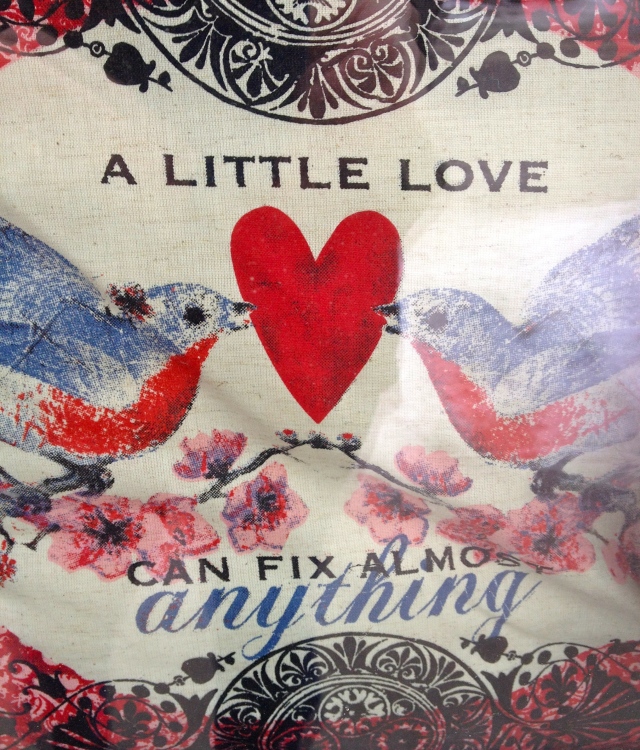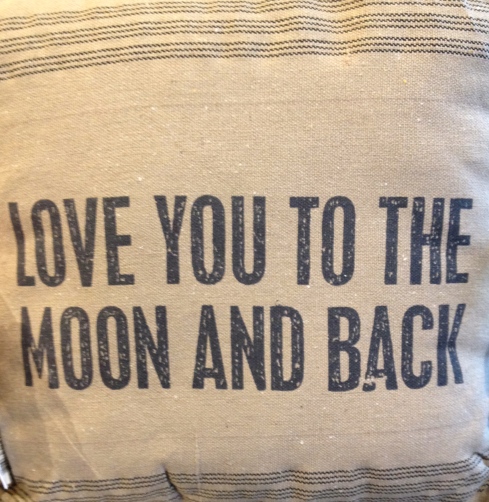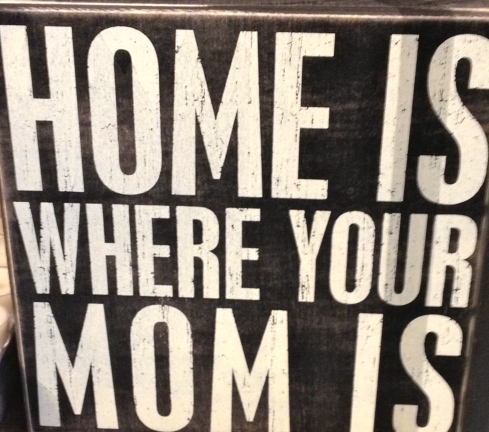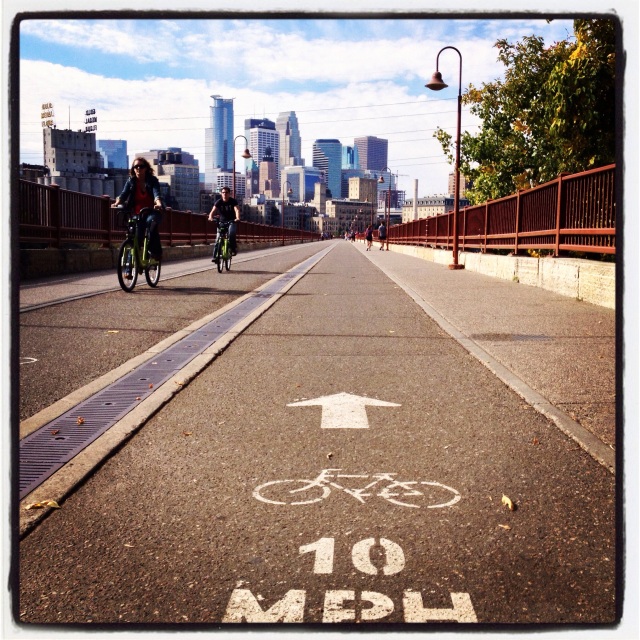Just over a year ago, my oldest son was infected with Lyme Disease. There were no telltale symptoms, no fever, no bullseye rash. We never even found the tick that bit him. Those nasty little Borrelia burgdorferi spirochetes just went straight to his heart. He ended up in third degree heart block in the pediatric cardiac intensive care unit. The bacterial infection caused swelling, which blocked the flow of blood. By the next afternoon, his heartbeat was at times as slow as 25-30 bpm; normal resting heart rate for boys his age is more like 80 bpm. The Lyme Disease also wreaked havoc with his heart’s conduction system. We found out later that the doctor had actually scheduled the operation to put a pacemaker in him. He was only thirteen at the time.
Hospitals are strange places, where time seems to lose its meaning. I was in hospital when each of my children was born, but the regular maternity ward is a very different place from the pediatric cardiac intensive care unit. I don’t ever recall a chaplain visiting me on the maternity floor. On the pediatric cardiac intensive care unit, with its beeping machines and profoundly sick babies and children, the chaplain visited at least once a day.
The first time I met her, the chaplain offered me a series of bookmarks and cards with sayings from a variety of religions – Christian, Muslim, Hindu, Jewish. The last thing she pulled out of her bag was a a small, photocopied square of paper.
METTA
LOVINGKINDNESS MEDITATION
May I be at peace.
May my heart remain open.
May I awaken to the light of my own true nature.
May I be healed.
May I be a source of healing for all beings.
Say these blessings for yourself anytime you feel alone,
afraid or out of touch with the Light within.
May you be at peace.
May your heart remain open.
May you awaken to the light of your own true nature.
May you be healed.
May you be a source of healing for all beings.
Say these blessings for as many people as you wish.
If worried thoughts about loved ones occur during the day,
take a minute to send them a lovingkindness blessing
rather than a fearful thought.
From Buddhist Tradition
I’m not a Buddhist, but I repeated these words to myself that night as I lay on the hard, cramped cot in my son’s room. I closed my eyes and listened to his slow, sleepy breathing, the heart monitor’s low beep. I sent my son Lovingkindness blessings until I fell asleep.
By daybreak, my son had moved from third to first degree heartblock. Since he had been in an area where we knew there were ticks carrying Lyme, they had started him on IV antibiotics as soon as he got to the hospital. After 24 hours, the antibiotics had kicked in fully and the infection was retreating. (Last month, my son went back to the pediatric cardiologist for his final follow-up exam. She gave him an “A+” for his EKG and physical exam. There appears to be no permanent damage to his heart and no lasting symptoms of Lyme Disease.)
I can’t say that I believe my son’s improvement was related to the Lovingkindness meditation or to my other prayers, but I do know that, at a time when I was worried about him, it gave me great comfort to send him the Lovingkindness blessing. I put the photocopied scrap of paper with the Lovingkindness meditation in my laptop case. At some point, out of curiosity, I read a bit more about Metta. At the risk of oversimplifying an ancient religious practice, the Lovingkindness mediation generally is done in this way. You always begins with yourself. Next, you think of someone you love, then someone who you think about in a neutral way. Followed by the hardest one – someone with whom you are in conflict. The words of the meditation can be varied, but the words on the paper I was given capture the essence. The purpose of the meditation is because, as Buddha said,
“Hatred cannot coexist with loving-kindness,
and dissipates if supplanted with thoughts based on loving-kindness.”
I love the idea that, even in the face of great evil, you CAN do something. Don’t think you are small and helpless. You, as an individual, can control your thoughts. You can turn them, at least for a few moments, away from fear and towards something positive instead.
***
A few weeks ago, I was in New York and found myself downtown near the new National September 11 Memorial. I had half an hour before my next meeting, so I decided to check it out.
Like most who remember that day thirteen years ago, September 11 will always be for me a day marked by pain and shock and suffering. I don’t know what it is like to lose a loved one in a tragedy like the World Trade Center attack, but my son’s close call with Lyme disease gave me the smallest of inklings of what it is like to lose a loved one. And it definitely gave me a sense of what it is like to experience unexpected danger that falls from a seemingly clear blue sky. For me, September 11 is an annual reminder of the strident need we have for less violence and hatred in our world. And of how much we need more peace, more connection, more healing. More loving and more kindness.
I happened to have my laptop in my briefcase. That little scrap of photocopied paper was still there, in the pocket of my laptop case, where it had been since we left the hospital more than a year ago. I had never bothered to throw it away, but I had never taken it out either. Now, at the September 11 Memorial, I sat down in the shade of a newly planted tree and took it out.
I closed my eyes and listened to the sound of the waterfalls, the low murmur of the crowd. I began with myself, followed by my son. I held, both in my thoughts and in my heart, the families of those who lost loved ones on that day. Next came those who would purposefully harm innocent people. Yes, even them. It was hard, but I tried. One thing I have learned from my work with the victims of human rights abuses is the power of forgiveness.
And then I sent a lovingkindness blessing to our world.
(This post was written and edited as part of the Weekly Writing Challenge.)




















You must be logged in to post a comment.